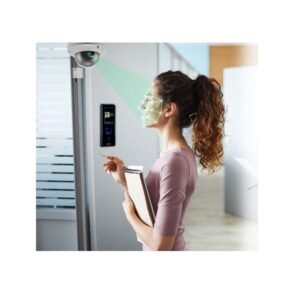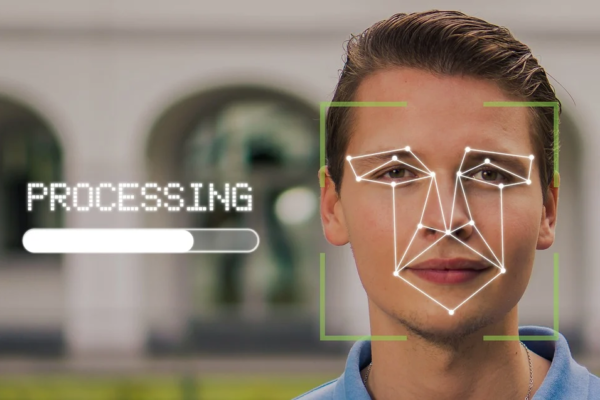Modern workplaces are increasingly employing time and attendance systems. It’s a truly efficient way of recording valuable data that offers convenience to the employees as well as the employers.
Employees can quickly enter their time-in and time-out details, whereas employers can use this data for performance evaluation and payroll generation. These systems typically work concurrently with access control systems to ensure a seamless experience for the users.
However, the technology behind commonly-used attendance systems is changing. Biometric systems were becoming increasingly popular, but then COVID-19 happened. We’re not saying that COVID-19 halted the growth of biometric attendance systems but instead shifted it in a different direction. How, exactly? Let’s find out!
How the COVID-19 Pandemic Changed the Time and Attendance Solutions
The disruption caused by the global pandemic has resulted in research focusing on innovations that can help reduce the spread of COVID-19 in the workplace. From doors and elevators to sinks, upcoming technologies are driven by the question of how to deliver a touchless experience.
One popular area of research is how time and attendance systems can be made contactless. The widely accepted contactless solutions for attendance systems include biometrics and proximity sensors. However, the most attractive technology right now is facial recognition.
While many people think of AI-based facial recognition as an inaccurate system, the reality is that facial recognition has improved its accuracy greatly in recent years. A 2020 study by CSIS indicates that facial recognition boasts an accuracy level of 99.97% as of now.
Furthermore, Security Magazine reports that the error rate of facial recognition software has reduced by 96% between 2010 and 2018. The integration of facial recognition security in mobile phones is further helping the technology become more accurate and error-free.
This high recognition accuracy and the contactless nature of facial recognition make it a lucrative technology for attendance systems in the workplace. Moreover, the downsides of other competing technologies make facial recognition an even more lucrative choice.
Why Post Pandemic Workplace Needs Contactless Attendance Systems
Experts have argued that touchless attendance systems can facilitate a safe return to work. The same source cites facial recognition as the ideal technology to implement contactless attendance systems.
Take the Biometric Face Recognition Time and Attendance System offered by ACIX Middle East, for example. Unlike the conventional face recognition technology, this system relies on the Matrix COSEC FR technology.

This technology ensures contactless attendance and authenticates within milliseconds, accurately, even in low light conditions. Moreover, contactless attendance systems offer a host of other benefits as well. These include:
- Safe biometric data: This system is completely safe and secure compared to the standard key or card attendance systems. It reduces the risks of corporate data theft or espionage. The data is safe and encrypted and cannot be hacked or stolen.
- Accurate performance: Contactless attendance is highly accurate and can help resolve the punctuality issues among the employees. For instance, all the late arrivals and early departures will be recorded and dealt with accordingly.
- Reduced human workload: Companies that rely on conventional methods have to hire staff specifically responsible for recording attendances and managing the data. With a contactless attendance system, the human workload can be reduced, improving efficiency.
In short, the case is overwhelmingly strong for contactless attendance systems to become a regular part of the post-pandemic workplace. If you’re looking to install a contactless attendance system in your Dubai or Abu Dhabi workplace, ACIX Middle East can help.
We are the first company to deliver an AI-based facial recognition attendance system in the UAE. Contact now to learn more about how we can help modernize your workplace.




